On this day the 26th of May 1465 occurred the Coronation of Elizabeth Woodville.
"Elizabeth was conducted with more celebrations to the Tower, where English queens traditionally spent their penultimate night before the coronations. Next morning, Elizabeth, escorted by the newly created knights of Bath was escorted in an open horse litter through the streets to Westminster. She was led into Westminster Hall the following morning by Bishops of Durham and Salisbury, “clothed in mantel of purple and a coronal upon her head” beneath a purple silk canopy carried by four barons of the Cinque Ports. She carried the scepter of St.Edward in her right hand and the scepter of the realm in her right. The dowager duchess of Buckingham bore Elizabeth’s train, following the queen were her mother and two of Edward’s sisters, Elizabeth, Duchess of Suffolk and lady Margaret. Cowering the path from Hall to Abbey was a carpet of ray cloth, upon which the queen walked barefoot, their way being cleared by George, duke of Clarence, Lord High Steward. Having passed into the monastery and through it’s north door, Elizabeth knelt at the high altar, then prostrated herself while the archbishop prayed. Rising, she was anointed and crowned, then led to the throne. After the royal procession left the abbey, the queen was led to her chamber, where she was dressed in purple surcoat and brought into the Hall to dine. Each time the queen took a bite, she herself removed her crown, putting it back when she was finished. To cap off the ceremonies, on 27 May, a tournament was held at Westminster. Lord Stanley won and was awarded a ruby ring from queen’s hands."
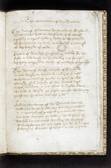
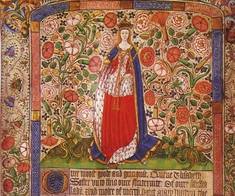
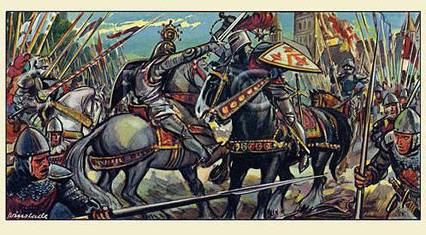
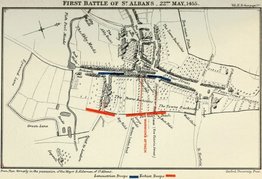
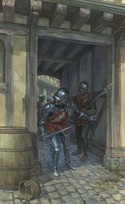
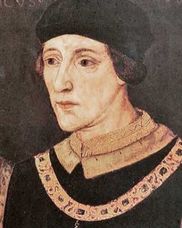
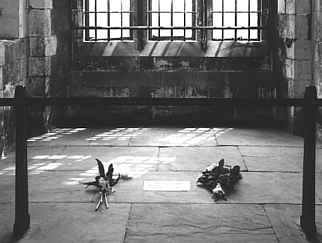
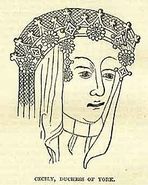
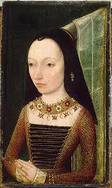
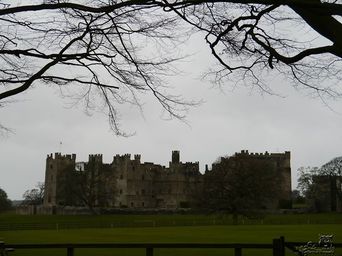
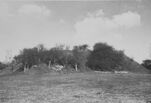

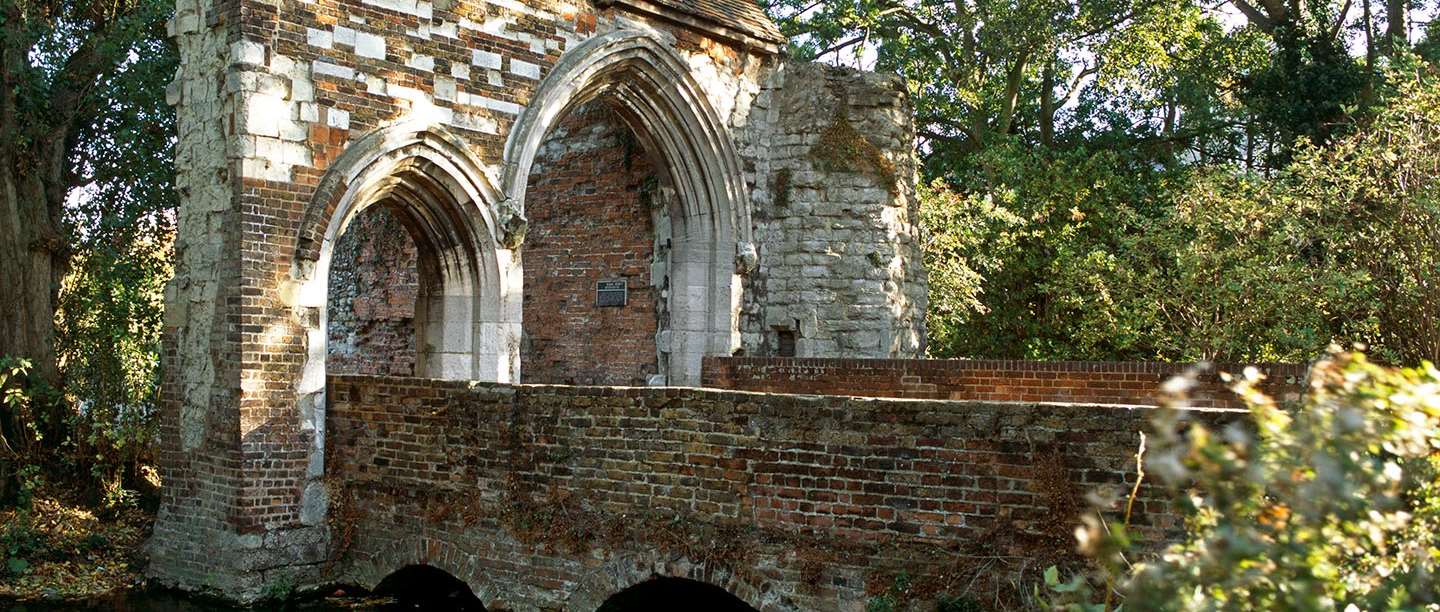
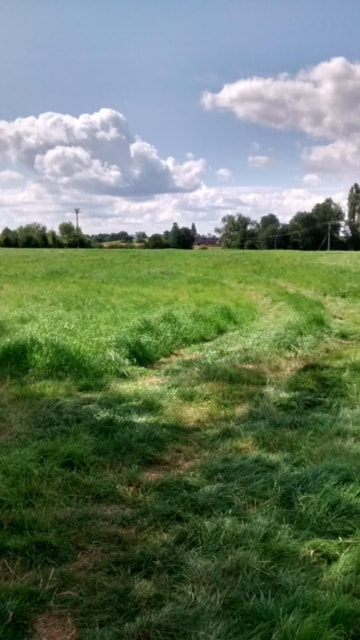
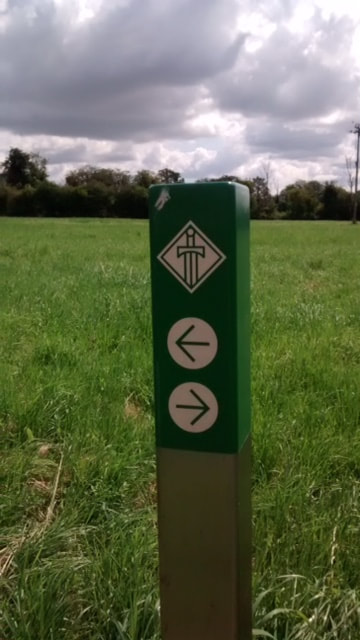
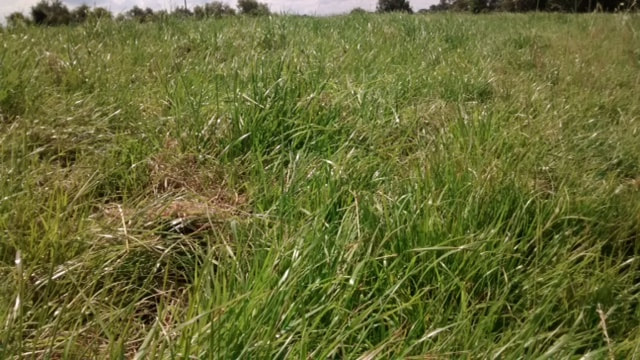
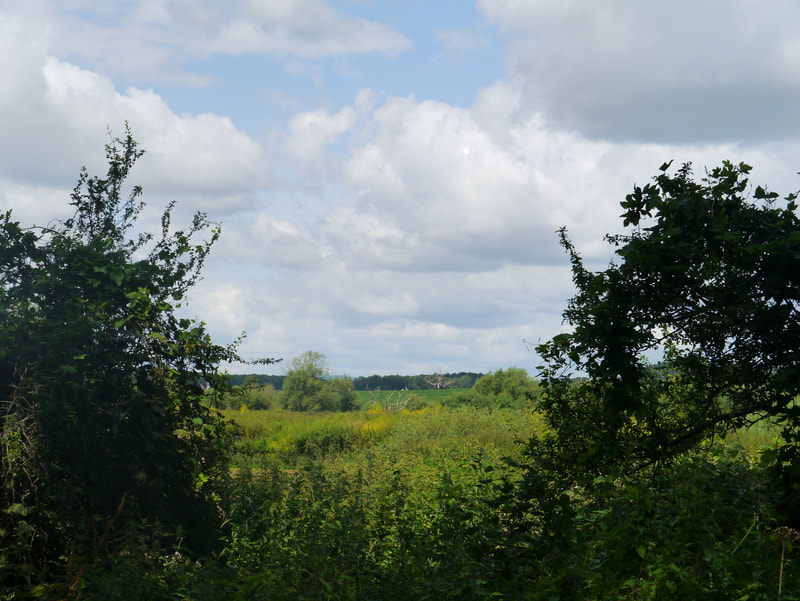
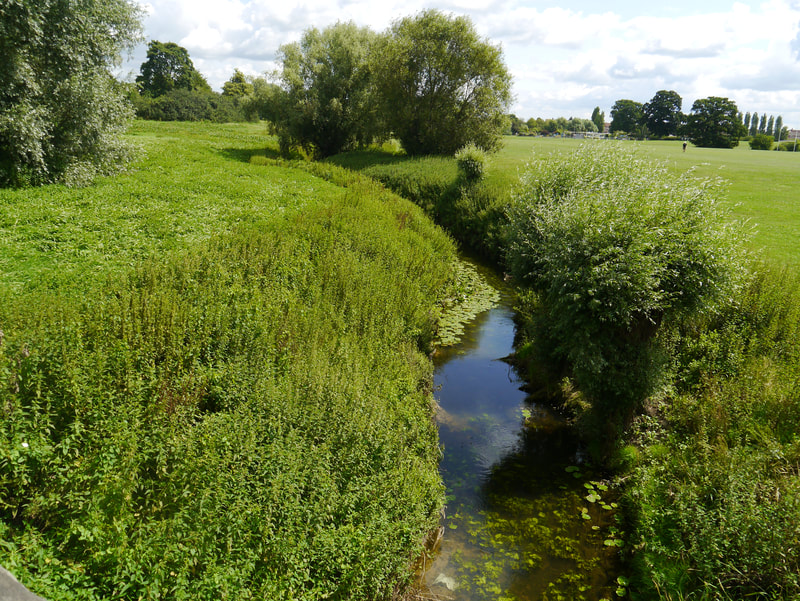
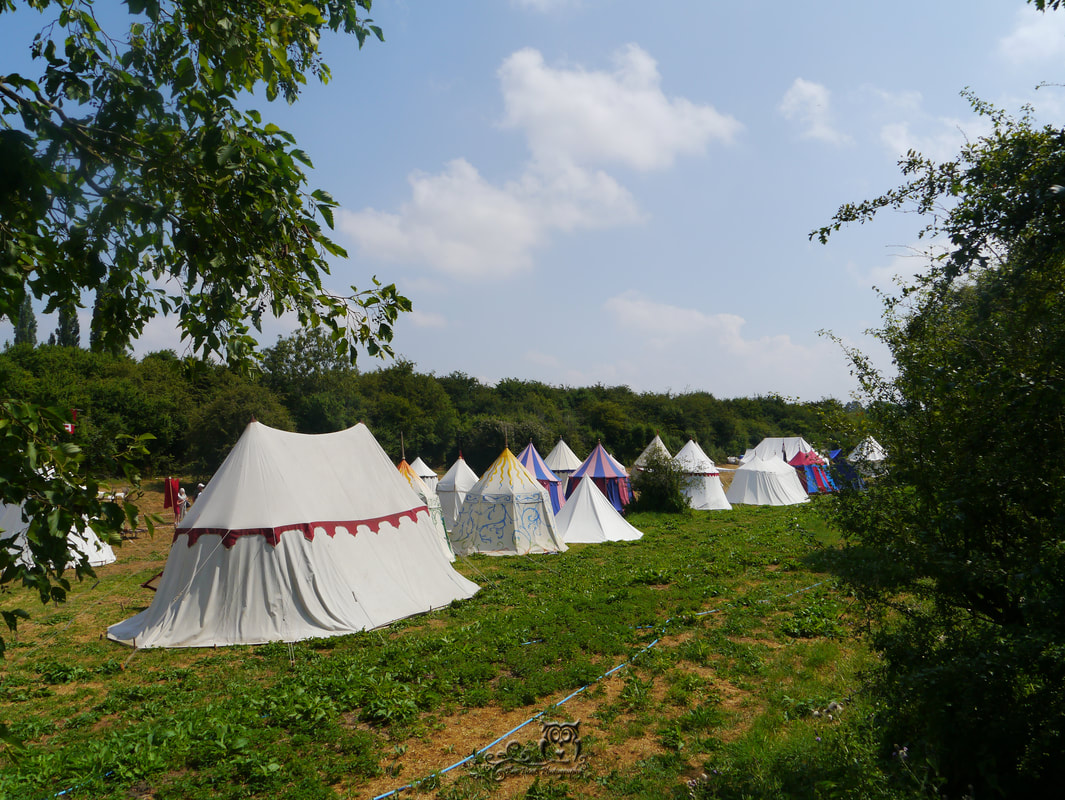

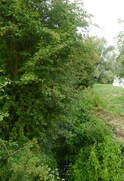
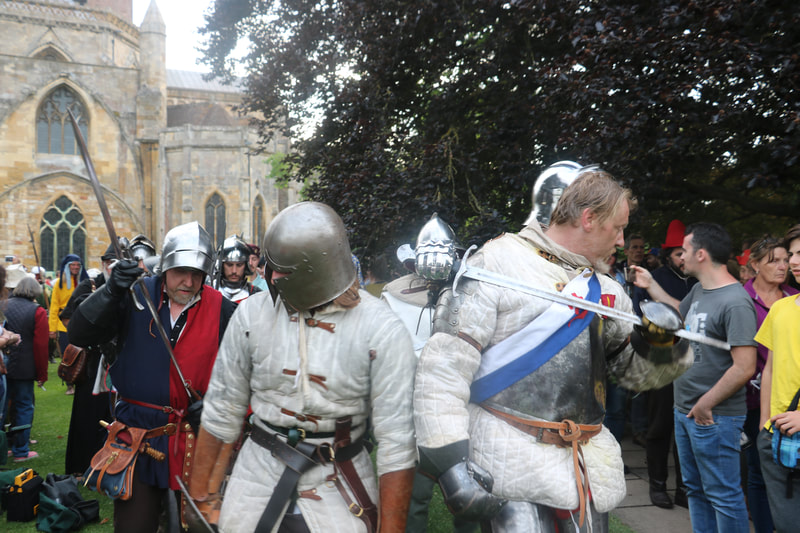
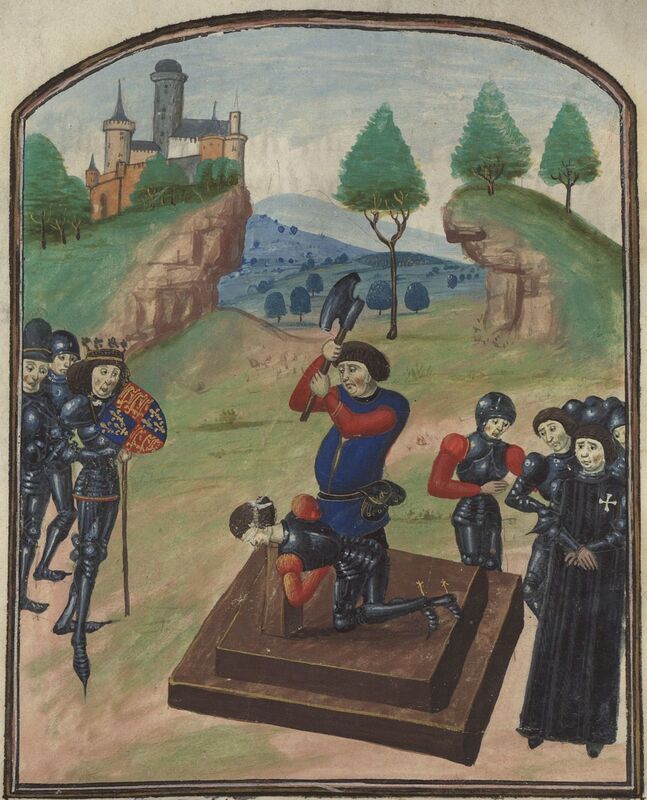
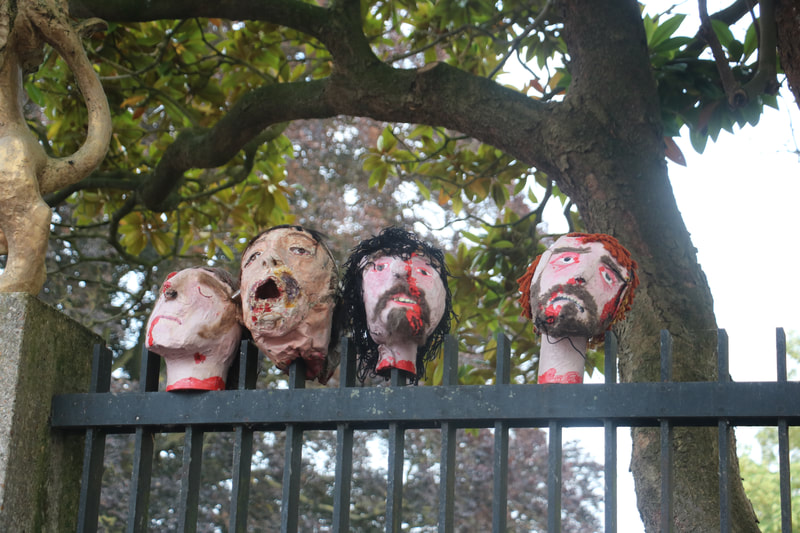
 RSS Feed
RSS Feed
